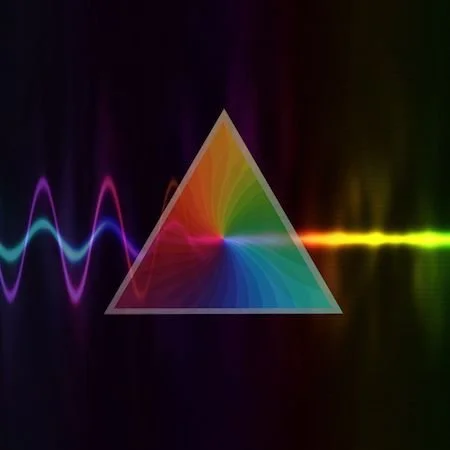The Nonlinear Crystal Experts Blog
Scholarly articles authored by scientific and engineering experts focused on laser reliability, performance, laser-induced-damage-threshold (LIDT), and deep UV applications in fields such as aerospace and quantum technologies brought to your inbox by the technical team and experts at GAMDAN Optics, Inc.
COATINGS FOR NONLINEAR OPTICS
This article will concentrate on coatings applied by vacuum deposition, which gives durable reliable coatings. There are other techniques for reducing surface reflectivity such as sol-gel coatings or nano-structured surfaces.
NONLINEAR CRYSTALS FOR GENERATING UV LIGHT
A practical way to generate UV light is by converting more easily obtained infrared or visible laser beams into the UV light using nonlinear optics--harmonic generation processes in crystals. This works well for producing light in nearly all of the UV A range (315 nm – 400 nm), the longest of the UV wavelengths. There are several crystals that can do this job...
Estimates of Second Harmonic Generation (SHG) Efficiency
Can the second harmonic generation be done efficiently with the right amount of peak power? In this article we will analyze what happens with lower peak power. For example, what if we run the same laser continuously (CW), so the average power might still be one Watt, but the peak power is now also now only one Watt. Can we efficiently generate the second harmonic of that CW beam? Read more and explore SGH with us…
Profilometry - An Overview
Surface texture, also referred to as surface roughness, is an important parameter for many manufactured items. It can be measured on ground or machined surfaces and is especially significant for polished surfaces. The performance of optical elements and the processing from shaping, to grinding, to final polishing is largely influenced by surface roughness. The surface roughness at each step of fabrication is a result of the operation, the substrate properties, and the conditions of the machine to part interactions, with a little chemistry thrown in for good measure
Subsurface Damage
Optical fabrication operations such as grinding and polishing leave traces in the material below the surface being worked and while subsurface damage seems inevitable GAMDAN Optics has proven to minimize SSD. See the photos we took in our lab and the results.
Different Crystals for Different OPOs
This is the third in a series on OPOs from Gamdan Optics… With all the different types of OPOs, the choice of nonlinear crystal depends upon many factors: the desired beam powers, wavelengths, temporal profile (pulsed or CW), and other aspects of the OPO. The characteristics of all three beams (pump, signal, and idler) matter. The nonlinear crystal needs to transmit all the wavelengths. The crystal needs to provide a sufficiently strong nonlinear interaction between the beams—the crystal’s ability to support a strong nonlinear interaction is often characterized by a number, the nonlinear coupling coefficient.
Types of OPO’s
OPOs can use a wide range of laser pump beams. The pump lasers can be continuous or pulsed. Pulsed pump lasers might have almost any pulse length, ranging from Q-switched lasers to mode-locked lasers. The OPO will generally produce output with a temporal profile similar to the pump laser. CW pumps drive CW OPOs; pulsed pumps drive pulsed OPOs.
OPO Process and How They Work
An Optical Parametric Oscillator (OPO) is a light source, and a feature of optical parametric oscillators is wavelength flexibility. OPOs can deliver wavelengths that may be difficult or impossible to achieve with lasers. Not only can an OPO be built to work at a specified wavelength, but also many OPOs can be tuned--the user can scan the wavelength. In a laser, stimulated emission from an energized laser medium amplifies light. The laser medium is usually energized by a separate electrical or optical power source. An OPO is different…








